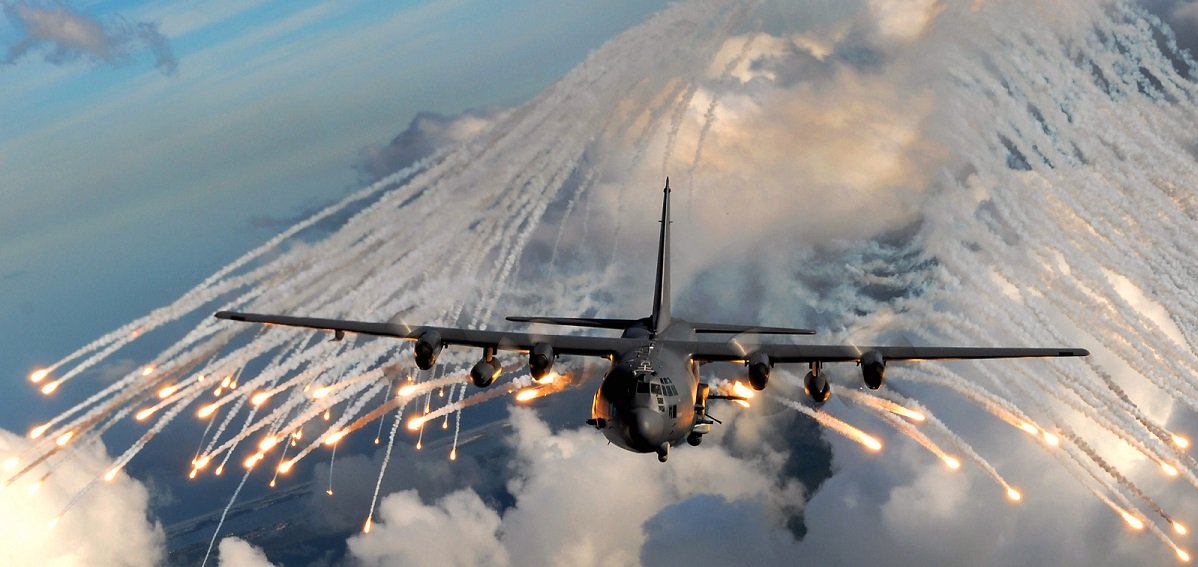

Furthermore, the designator “AC” for “Attack Cargo” was assigned, christening the aircraft into the AC-47D, also known as the “AC-47 Spooky”. In 1964, the Air Force completed the first experiment, using the Douglas C-47D: a World War II era cargo aircraft. Different from fighter jets, the program intended on outfitting a heavy aircraft with side mounted armaments. Project Gunship I is the title of a Vietnam War era experimental avionics program.
#AC 130 SPECTRE FIRING UPGRADE#
Instead, it is an element of an upgrade progression that begun in the Vietnam War. The AC-130 is not the first gunship to be developed by the U.S. The C-130’s transformation from being a pure transport plane to revered air support asset did not begin until the Vietnam War.ġ.1 Vietnam and the development of the AC-130 Gunship To circle back, that is exactly what the Air Force designed it to do, in response to lessons learned from Korea. It functioned as a transport aircraft that could conduct landings and takeoffs on short runways and carry a hefty load. With all this in mind, it must be noted that at this point, the C-130 was not a gunship. If it needs to be used for medical purposes, it can carry 74 litter patients and two medical personnel. Moreover, the aircraft can transport either 92 passengers or 64 airborne troops. The additional two spots are open and sometimes filled by a navigator or additional loadmaster. In the most basic form, that breaks down to 2 pilots, 1 flight engineer, and 1 loadmaster. In addition, the aircraft can fit a crew of 4-6.

Although six decades have passed since its initial development, it continues to serve the nation, and is a testament to modern technological advancement in avionic and defense technology. Historically speaking, the AC-130 gunship is a modern aircraft. Since its development and fielding in the 1960s, the AC-130 has showcased its diverse utility in an array of 21st-century conflicts. The AC-130 gunship is a ground attack aircraft used by the Air Force Special Operations Command (AFSOC).


 0 kommentar(er)
0 kommentar(er)
